When discussing a Mixing Packaging Production Line, it's essential to understand that this isn't just a collection of machines. It's a complex, integrated system designed for a very specific purpose: to efficiently combine multiple distinct products or components into a single final package. This type of line is a cornerstone of efficiency and flexibility for a wide range of industries, from consumer goods to pharmaceuticals.
The Challenge of Complexity
The primary challenge of a Mixing Packaging Production Line lies in its inherent complexity. Unlike a standard single-product line, this system must handle multiple SKUs (stock-keeping units) simultaneously. Each product might have different physical characteristics—size, weight, shape, and fragility—all of which must be managed by the same machinery.
Consider a simple example: a variety pack of snack bars. The line must accurately dispense a specific quantity of each flavor, ensuring the final package contains the correct assortment. If one type of bar is a slightly different size, the machine's settings, from the collating system to the final carton erector, must be flexible enough to handle these variations without errors or jams.
Key Components and Technology
A modern Mixing Packaging Production Line is a marvel of engineering, incorporating several key technologies to overcome these challenges.
-
Multi-feeder Systems: These are the heart of the line. They are responsible for feeding the different products onto the main conveyor. These can range from vibratory feeders for small items to robotic pick-and-place arms for irregularly shaped products.
-
Vision Systems: Crucial for quality control, these high-speed cameras scan the products to ensure the correct number and type of items are present. They can detect a missing flavor in a variety pack or a faulty component in an assembly kit, immediately rejecting the flawed package to prevent customer complaints.
-
Robotics and Automation: Collaborative robots (cobots) are increasingly used for complex tasks like precise product orientation or difficult collating patterns. They offer greater flexibility and can be reprogrammed quickly for new product mixes, significantly reducing changeover time.
-
Integrated Control Systems (PLC/SCADA): The entire line is orchestrated by a central control system. This brain manages the speed of each component, synchronizes the feeders and conveyors, and provides real-time data on performance (OEE - Overall Equipment Effectiveness). This level of integration ensures a smooth, uninterrupted flow.
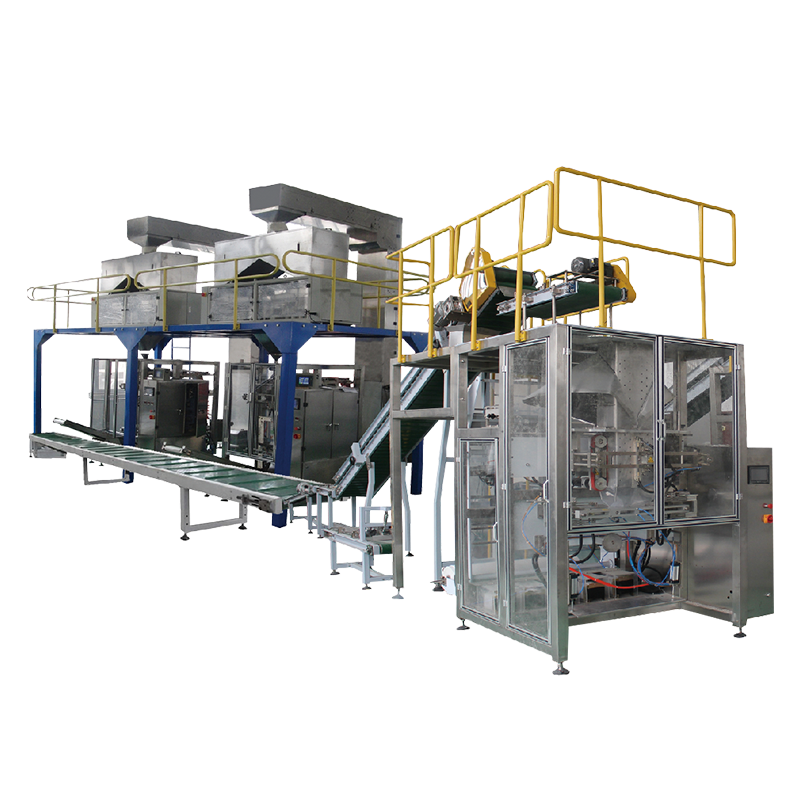
The Benefits of a Well-Designed Line
Investing in a high-quality Mixing Packaging Production Line offers significant advantages:
-
Increased Flexibility: The ability to produce a wide variety of product combinations on a single line allows companies to quickly respond to market demands, launch seasonal promotions, or create new product bundles without needing to build a new production line.
-
Enhanced Efficiency: By combining multiple stages into one automated process, labor costs are reduced, and throughput is maximized. Fewer manual interventions mean fewer opportunities for error.
-
Improved Quality Control: With integrated vision systems and automated checks, the risk of product mix-ups and quality issues is drastically reduced, protecting the brand's reputation and reducing returns.
Ultimately, a Mixing Packaging Production Line represents the pinnacle of modern manufacturing. It's a powerful tool for companies seeking to gain a competitive edge by offering greater product variety while maintaining operational efficiency and impeccable quality.


 English
English Español
Español عربى
عربى
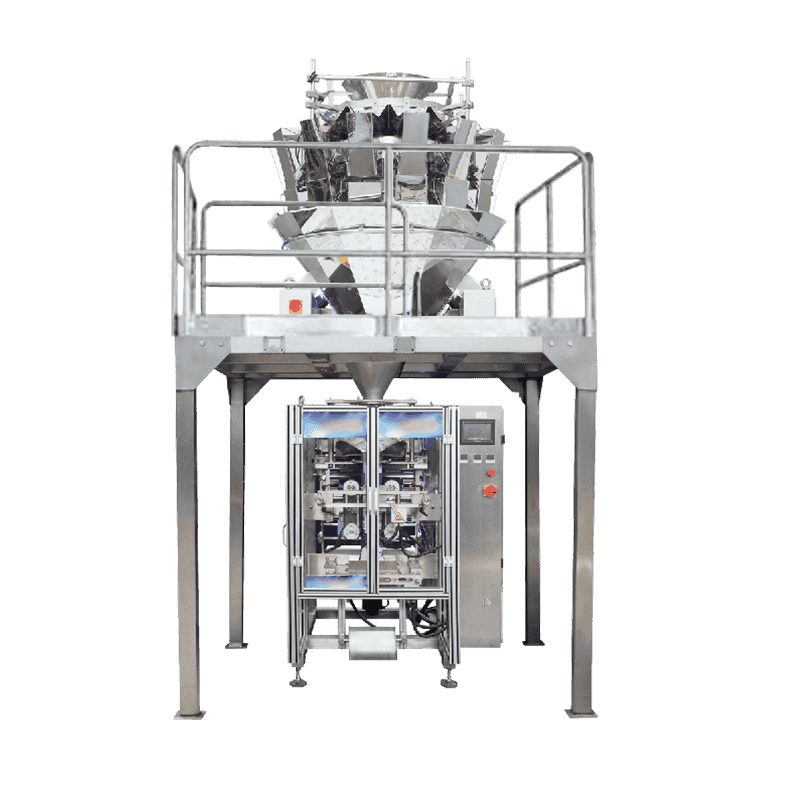

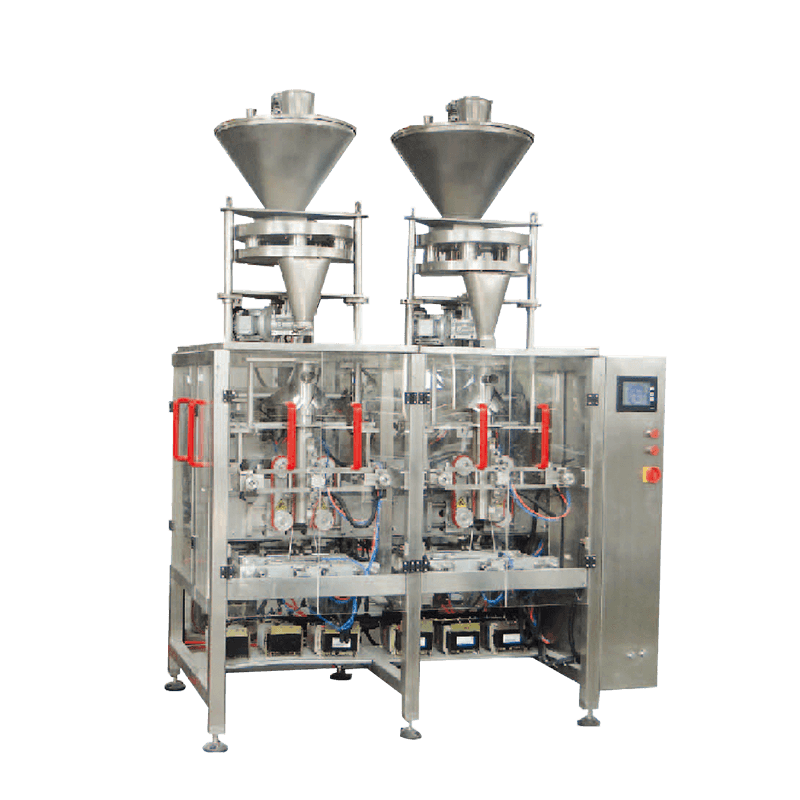
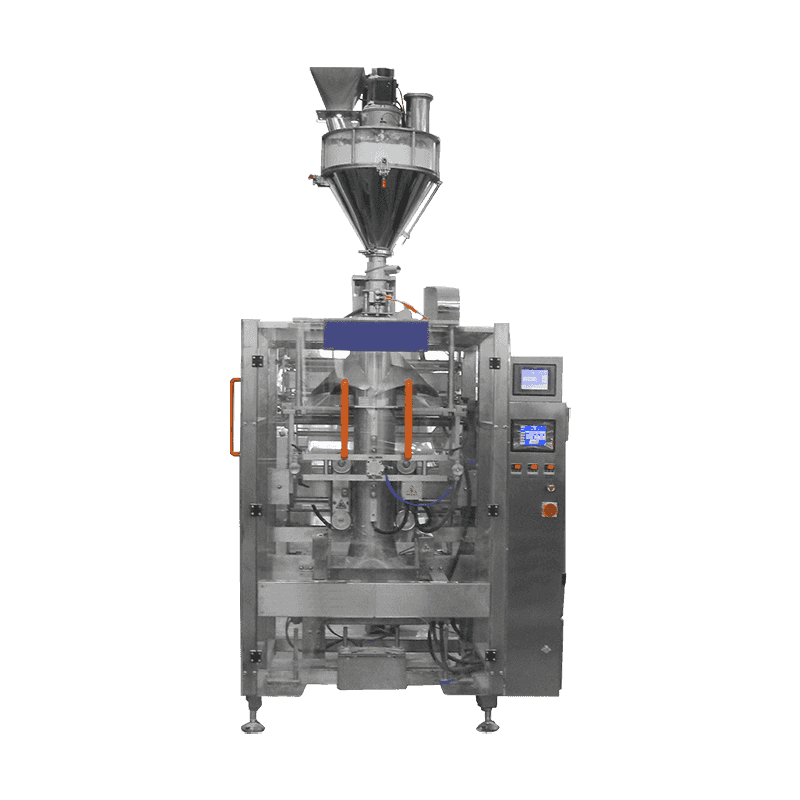
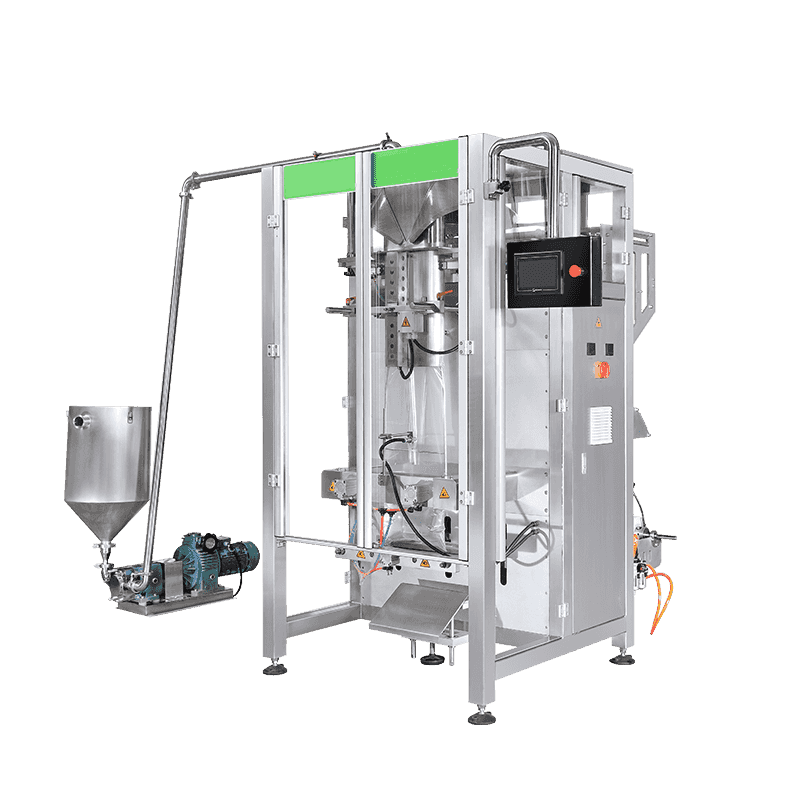
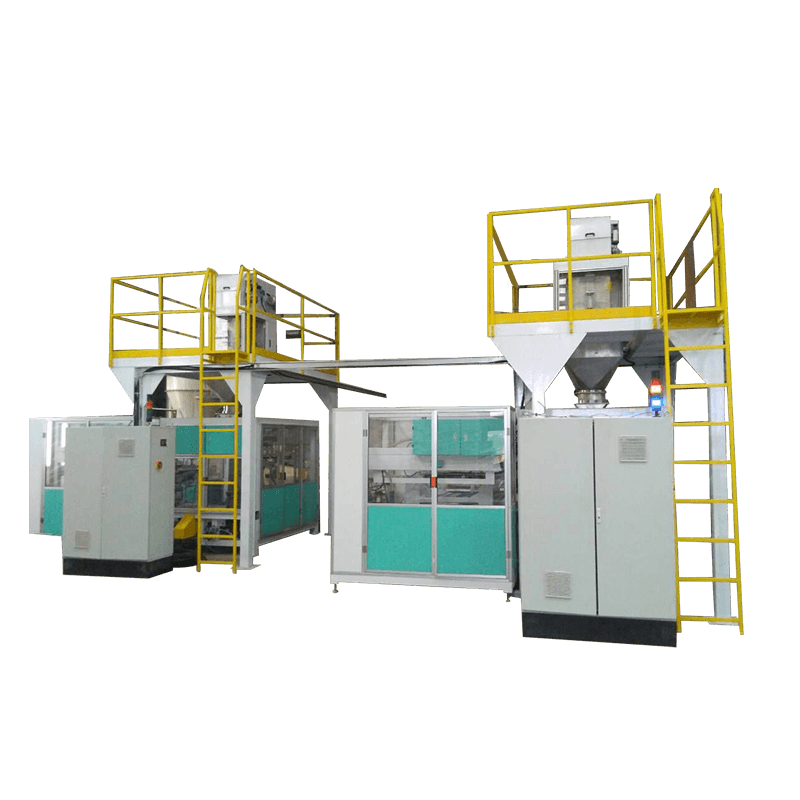

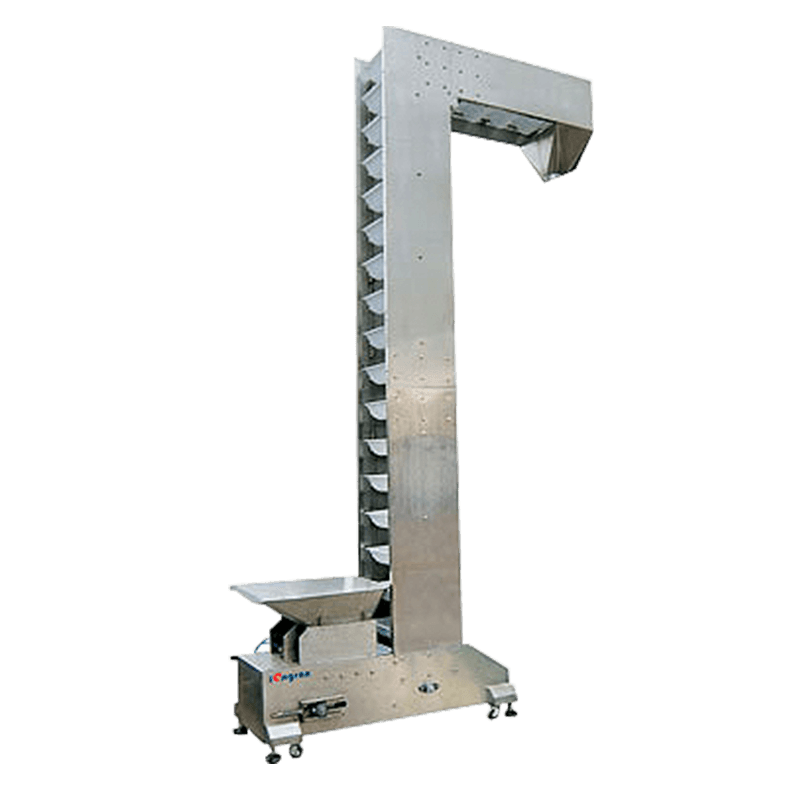
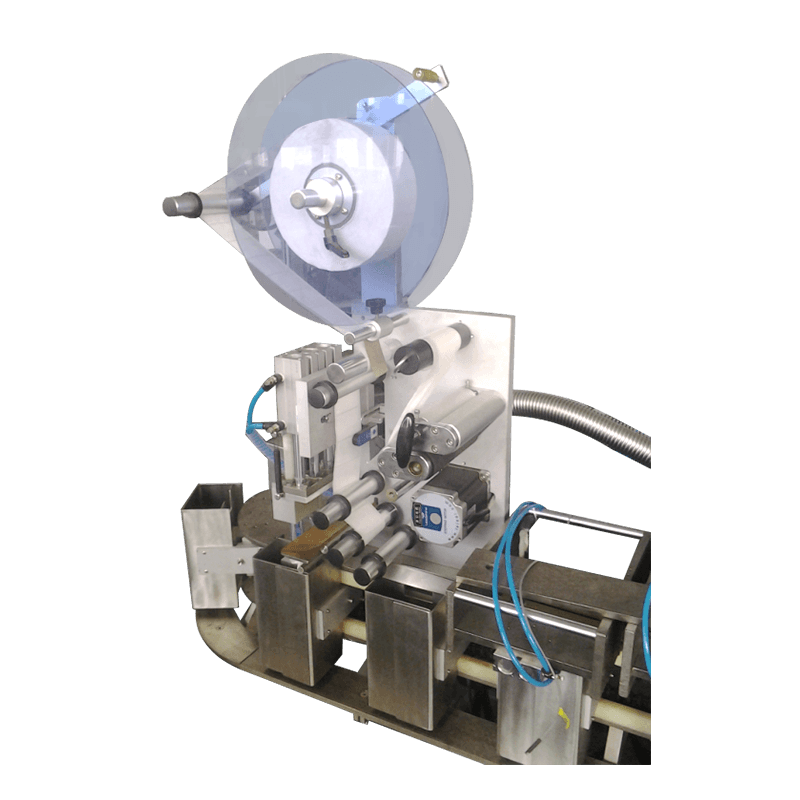
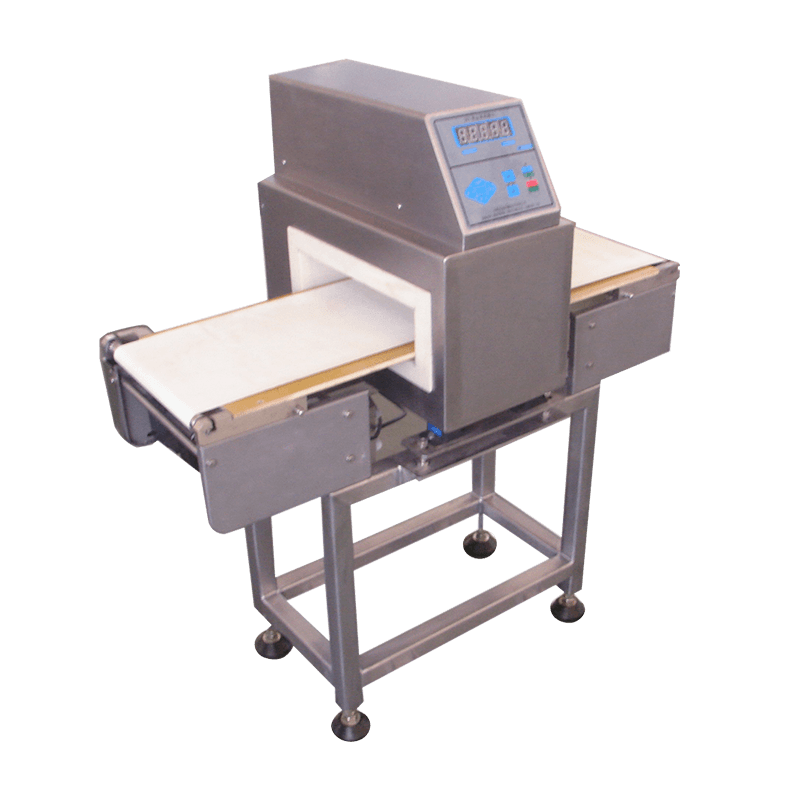
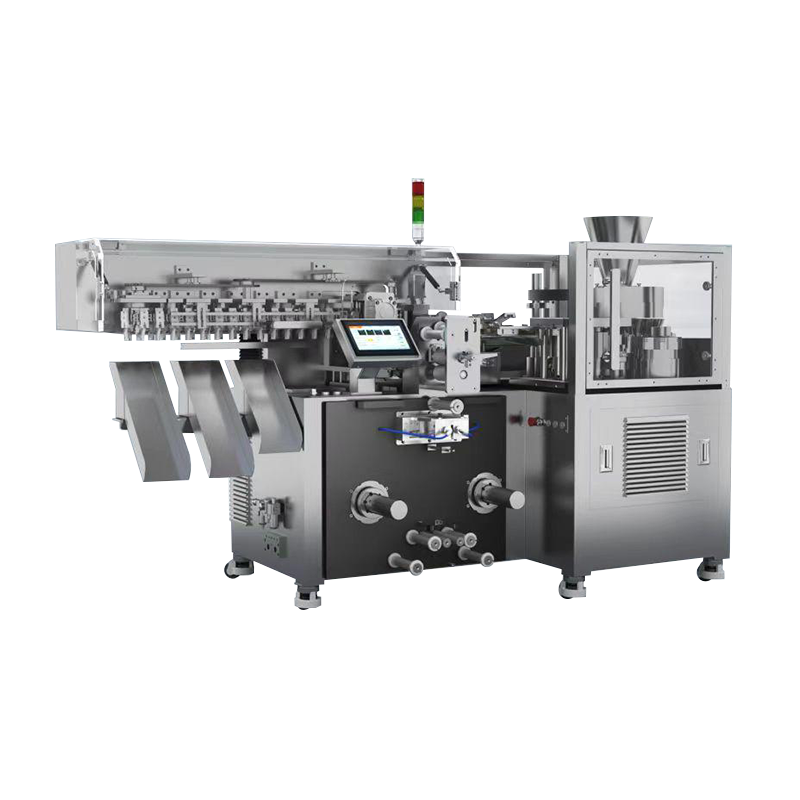
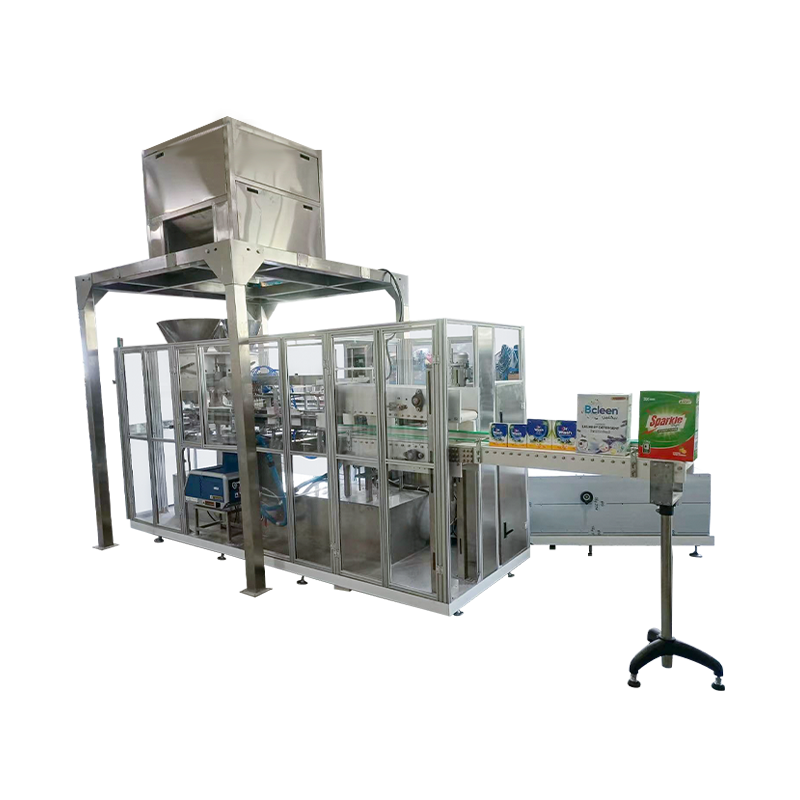

Contact Us